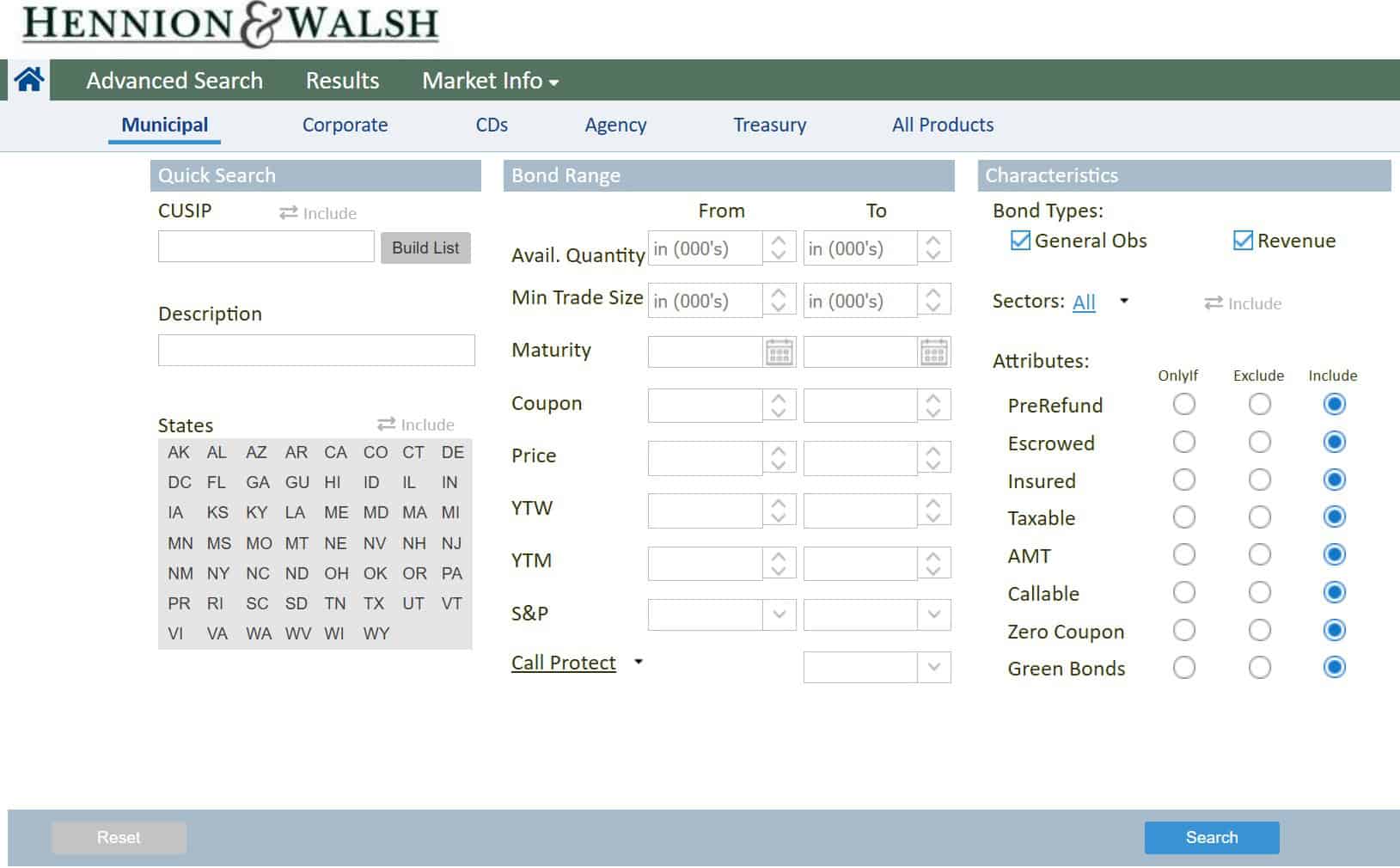
The Benefits of Life Insurance and Long-Term Care Policies for Retirement Planning
You’ve worked diligently for decades, amassing a nest egg you hope will secure your golden years. But have you considered how unexpected health costs could impact your retirement savings? Balancing the necessity of wealth preservation with the potential for significant healthcare expenses presents a complex retirement planning challenge – one that life insurance and long-term care policies can adeptly address.
The Benefits of Life Insurance and Long-Term Care Policies for Retirement Planning
Life insurance is a pivotal tool in safeguarding wealth for future generations, ensuring you pass on your legacy efficiently and with minimal tax burden. Beyond its fundamental purpose of providing a death benefit to beneficiaries, certain types of life insurance can also offer cash value accumulation. This facet of life insurance not only serves as a tax-advantaged asset but can also provide liquidity during retirement, allowing policyholders to access funds if needed without disrupting their estate’s financial edifice. Significantly, this strategic use of life insurance affords a dual benefit—maintaining one’s lifestyle while preserving estate value for heirs.
Tax Benefits for Heirs
When an heir inherits assets, life insurance payouts are usually exempt from income taxes, facilitating a smoother wealth transfer. This tax efficiency bolsters the estate’s overall financial health without burdening successors. Since life insurance proceeds typically bypass probate, heirs receive a “stepped-up basis.” Hence, they avoid capital gains taxes on any appreciation of assets received, preserving more wealth.
Life insurance benefits are generally income tax-free, enhancing inheritance values. Due to their tax-exempt status, life insurance benefits act as a formidable hedge against erosion of the estate’s value due to taxation. When combined with long-term care coverage, which can protect from devastating healthcare costs, heirs receive a robust financial legacy, unencumbered by taxes or debts.
Guaranteed Death Benefit Security
Life insurance embodies a pivotal role in securing a guaranteed death benefit that underpins retirement planning.
- Reliable Payouts: Ensures beneficiaries receive a predetermined sum irrespective of market fluctuations.
- Estate Preservation: Protects the estate’s value for heirs, guarding against dilution through unplanned expenses.
- Incontestability: After a specified period, most policies become incontestable, solidifying the benefit protection.
- Flexibility in Designation: Allows policyholders to nominate multiple beneficiaries, ensuring equitable distribution of assets.
You achieve certainty in estate planning by sealing your legacy with a steadfast promise to your heirs. Guaranteed death benefits provide retirees with peace of mind, knowing their financial plan has a built-in fail-safe.
Leveraging Cash Value Growth
Permanent life insurance presents a unique avenue for asset accrual—cash value grows tax-deferred over time.
As policyholders remit premiums beyond the cost of insurance, the excess accrues within the policy’s cash value component, potentially yielding returns that can outpace traditional savings mediums. This growth occurs tax-deferred, compounding over the years without immediate tax liability, and enhances the policy’s value as part of a retirement strategy.The accessible cash reserves can become a cornerstone for unforeseen needs or planned expenditures in retirement.
Moreover, the policy’s cash value can act as collateral for loans. This feature allows policyholders to address liquidity needs without disrupting the policy’s benefits or incurring direct tax consequences. Leveraging the policy’s cash value, retirees maintain life coverage while accessing funds, embodying financial flexibility in retirement planning.
Ultimately, strategic manipulation of the cash value within a permanent life insurance policy can foster a versatile financial tool in retirement. By adhering to disciplined borrowing and repayment techniques, policyholders can tap into these tax-advantaged funds, bolstering their retirement income while preserving the insurance safety net for post-retirement life. This robust feature offers a layer of financial confidence, establishing a discretionary pool of resources that complements other retirement instruments.
Mitigating HealthCare Costs with Long-Term Care Coverage
In the twilight of life, the specter of skyrocketing healthcare costs looms large, threatening the stability of meticulously crafted retirement strategies. Long-term care coverage emerges as a sentinel, its protective vista geared toward insulating retirees from the potentially devastating financial impact of chronic illness or disability.
Structured as a financial bulwark, a life insurance policy combined with long-term care coverage stands in defiance of uncertainty, offering a semblance of predictability in an otherwise capricious health landscape. This coverage acts as a bastion against the erosion of retirement savings, preventing individuals from depleting their hard-won assets to fund ongoing medical care and thereby securing the legacies they intend to establish or bequeath.
Preserving Retirement Savings
Life insurance and long-term care policies act as sentinels, preserving retirees’ financial legacies against unexpected health costs, and ensuring a safeguarded continuation of their life’s work. These instruments provide peace of mind, safeguarding retirees’ assets from medical expense erosion. Moreover, they furnish a stable foundation for retirement planning, mitigating the need for asset liquidation when facing health-related expenditures. Both policies are crucial in maintaining retirees’ lifestyle quality, shielding their savings from unexpected health-related financial burdens. A life insurance policy’s benefits can serve as a safety net for surviving spouses, protecting against the potential depletion of resources, thereby cementing the economic stability of the beneficiaries during times of loss. Finally, these policies act as bulwarks, upholding retirees’ intent to transfer amassed wealth. They alleviate concerns about dissipating resources due to health care costs.
Flexibility in Care Choices
Long-term care choices can be daunting and complex. Investing in long-term care policies grants individuals control over their future healthcare preferences. These policies cover the costs associated with different types of care, whether at home or in a specialized facility. Consequently, policyholders have the autonomy to choose the type of care that aligns with their personal comfort and medical requirements.
Your care, your terms, your peace of mind. Long-term care insurance ensures that you – the policyholder – have ample choices when it comes to how and where you receive care. These policies weave flexibility into their design, adapting to evolving healthcare needs and offering both at-home and facility-based care options.
These policies offer extensive benefits that can accommodate changing health scenarios. By factoring in the prospect of needing either minimal assistance or full-time care, long-term care insurance provides a spectrum of coverage that adjusts to the intensity of care demands. These policies ensure policyholders navigate their golden years with confidence and autonomy, curating their care journey to align with personal preferences and evolving health situations.
Relieving Financial Burden on Family
Long-term care can be financially taxing, often draining savings and assets designed for retirement, leaving a heavy burden on family members. With proper planning, this can be mitigated. Integrating insurance into estate planning protects inheritances while ensuring care costs are covered.
Insurances like life and long-term care reduce reliance on family wealth, safeguarding the policyholder’s legacy and providing peace of mind to both the insured and their family. They preserve estate value against the eroding effects of healthcare expenditures, ensuring that treasured assets pass to the intended heirs.
Moreover, these policies transfer a significant portion of the expense burden associated with end-of-life care from the policyholder’s personal assets to the insurance company. This is vital not only for the maintenance of the estate’s integrity but also for the emotional well-being of family members who might otherwise face the strains of managing such expenses without proper financial buffers.
Investing in Peace of Mind for the Golden Years
For astute investors, it’s paramount to appreciate that life insurance and long-term care policies are not mere expenses, but strategic components of comprehensive retirement planning. These instruments provide a dual benefit: they secure a legacy by protecting assets against unforeseen healthcare costs, and equally, they ensure that retirement years are underscored by stability instead of financial uncertainty. Embracing these policies not only buttresses one’s financial edifice against the potential fiscal storms of later life but also conveys a clear message of foresight and responsibility to one’s family, fortifying both fiscal and emotional resilience when it is most needed.
Fixed Premium Predictability
A well-structured life insurance policy and long-term care policy stand out for their exceptional predictability, assuring investors of fixed premiums over time. Consistency in premiums means that retirees can forecast their expenses with precision, making financial planning more effective and stress-free. Locking in a fixed rate early provides immunity against inflationary pressures that would otherwise erode purchasing power.
Importantly, fixed premiums eliminate the risk of unexpected increases in costs, ensuring that retirement budgets remain unscathed by health service inflation or policy adjustments. These policies offer assurance that retirees’ financial commitments are manageable within their tailored retirement strategies, preventing any unforeseen depletion of their resources. The allure of a predictable expenditure is particularly compelling in managing long-term care needs, which—if not adequately planned—can impose significant financial burdens on personal estates with alarming rapidity.
Moreover, the certainty of fixed premiums allows retirees’ nest eggs to be allocated with greater precision. Without the worry of future cost escalations, they can enjoy the fruits of their investments with an added layer of financial serenity.
Addressing Inflation Concerns
Inflation is a formidable foe for retirees seeking to preserve their purchasing power.
- Life Insurance Benefits are often received as tax-free, blunting the impact of inflation on bequeathed assets.
- Cost of Living Adjustments (COLAs) in some policies can help benefits keep pace with inflation.
- Fixed Premiums of certain insurance policies provide a buffer against rising costs associated with inflation.
- Health Care Inflation Protection is offered by some long-term care policies, ensuring services don’t diminish in value over time.
Incorporating insurance policies with COLAs preserves the value of benefits as costs rise. Stabilized premium structures are essential in safeguarding one’s financial position against inflationary erosion.
Providing Asset Protection
Long-term stability hinges on safeguarding assets from potential creditors, litigants, or unforeseen liabilities. Life insurance and long-term care play a key role in such protection, ensuring a legacy endures despite the financial turbulence that may arise. Asset protection vehicles like these buffer against the erosion of wealth. Policies enact barriers between personal assets and potential claimants, thus shielding resources essential for retirement. Carefully structured policies ensure that beneficiaries receive assets intact, bypassing probate hurdles that could otherwise deplete value.
Such insurance products act as a bulwark against the cost of extensive care, thereby preserving other assets for intended purposes rather than being consumed by medical expenses. Indeed, they serve not only to protect wealth but also to provide a controlled mechanism for transferring assets to beneficiaries efficiently and** with tax advantages** often not found in other investment vehicles. Moreover, they form a part of one’s fiscal defense, creating a layer of insulation from situations that might otherwise devour substantial portions of accumulated wealth.
Strategic Wealth Transfer Through Life Insurance
Life insurance stands as a cornerstone of estate planning, offering a critical solution for intergenerational wealth transfer with notable tax efficiency. With carefully designated beneficiaries, a life insurance policy transforms into a powerful vehicle that allows for the seamless transition of assets upon one’s passing, avoiding the probate process entirely. This mechanism not only simplifies the transfer but preserves the full intended value of one’s estate for heirs, ensuring that your legacy is delivered uneroded by taxes or legal complexities.
Efficient Estate Liquidity Solutions
Life insurance provides immediate liquidity to an estate upon death. This aspect is crucial in settling estates with illiquid assets like real estate or business interests. Coupled with long-term care policies, life insurance helps maintain estate value by offsetting potential care-related expenses, thus preserving wealth for beneficiaries.
Life insurance proceeds can be structured to pay estate taxes, debts, and other obligations, easing the financial burden on heirs and ensuring asset distribution as intended. Beneficiaries receive life insurance benefits free from income tax, allowing for the full policy amount to be utilized in addressing estate liquidity needs efficiently. Offering both certainty and speed, life insurance enhances the effectiveness of wealth transfer strategies by providing timely access to funds for settling estate affairs.
Charitable Giving as a Legacy
Incorporating charitable giving into your estate plan can create a lasting impact that extends beyond your lifetime.
- Bequest through Will: Specifying a charity as a beneficiary in your will ensures a portion of your estate directly supports a cause important to you.
- Life Insurance Beneficiary: Designating a charity as the beneficiary of a life insurance policy offers a substantial donation that can exceed regular lifetime giving.
- Charitable Trusts: Establishing a trust provides ongoing support to charity while offering tax benefits and potential income to other beneficiaries during your life.
Leaving a charitable legacy is both an act of goodwill and a strategic financial decision. In considering your philanthropic aspirations, you provide not just monetary benefits, but also possibly influence future generations to continue a tradition of giving.
Avoiding Probate Delays and Costs
Probate can be a protracted and costly process. By thoughtful estate planning, individuals may minimize the burden of probate for their heirs. Employing tools such as life insurance and long-term care policies directly designates beneficiaries, effectively bypassing the probate process. Consequently, assets are transferred swiftly without the accompanying delays and expenses typically associated with probate court proceedings.
Assets can skip the probate process entirely. This is markedly beneficial since probate can – depending on the state and size of the estate – drag on for months or even years. By strategically nominating beneficiaries within life insurance and long-term care policies, assets are distributed directly to the intended parties, avoiding the probate court altogether.
The cost savings can be particularly compelling in probate avoidance. By sidestepping probate, individuals circumvent associated legal fees, court costs, and executor fees, potentially saving thousands of dollars. The assets preserved through this process may significantly bolster the financial stability of the beneficiaries well into the future.




